Scandinavian Design and the United States, 1890-1980
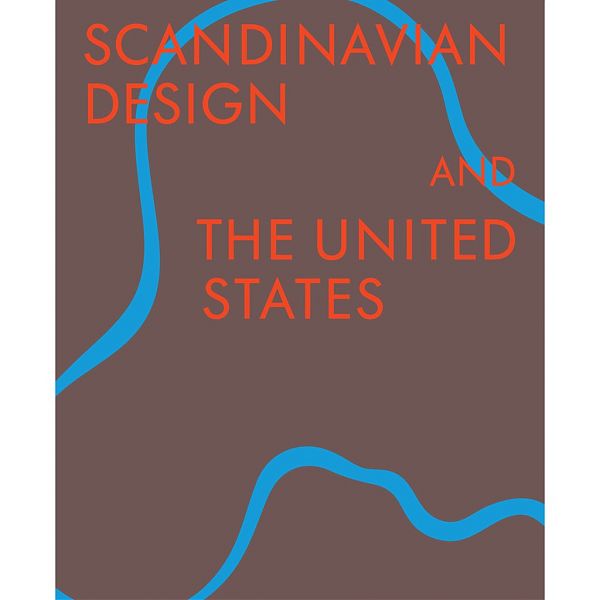
Edited by Bobbye Tigerman and Monica Obniski.
With contributions from Glenn Adamson, Arndís Árnadóttir, Charlotte Ashby, Graham Boettcher, Danielle Charlap, Kjetil Fallan, Diana Jocelyn Greenwold, Denise Hagströmer, Helena Kåberg, Alexandra Lange, Cara McCarty, Monica Penick, Hannah Pivo, Rosanne Somerson, Erica Warren.
Scandinavian Design and the United States, 1890–1980 is the first exhibition to examine the extensive design exchanges between the United States and the Nordic countries (Denmark, Finland, Iceland, Norway, and Sweden) during the 20th century. Serving as a corrective to the dominant narrative of central European émigrés shaping modern American design culture, the exhibition will present a new international story, featuring accounts of Scandinavian designers who immigrated to the United States; Americans who studied or worked in Nordic countries; the ambitious campaigns to market and export Scandinavian design to American consumers; and the American and Nordic figures who championed sustainable and accessible design practice. Many of the issues considered in the exhibition remain relevant today, including the contributions of immigrants to their adopted societies, the importance of international exchange, critical analysis of cultural myths, and concern about environmental sustainability and accessibility.
Featuring my chapter, “Free To Be … Scandinavian,” on the myriad ways Scandinavian toys and household goods helped shape American child-rearing practices.
Designing Motherhood
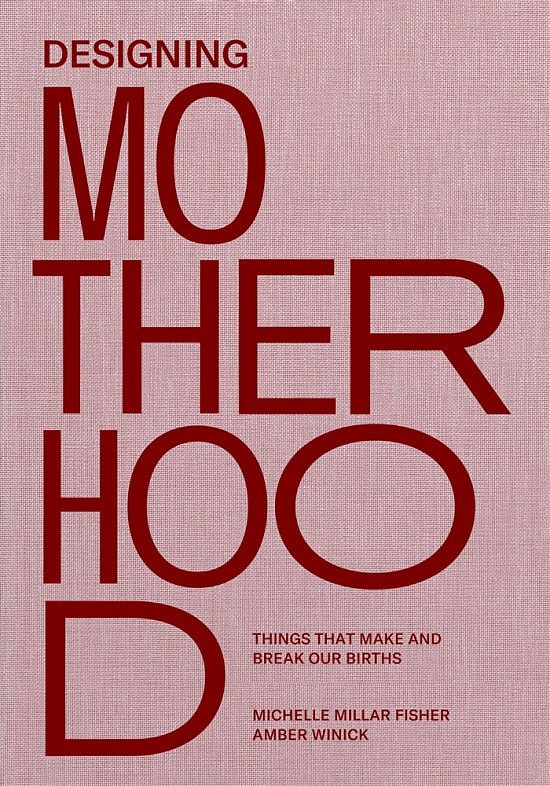
By Michelle Millar Fisher and Amber Winick.
The book features a prologue by Erica Chidi and a foreword by Alexandra Lange.
More than eighty designs—iconic, archaic, quotidian, and taboo—that have defined the arc of human reproduction.
While birth often brings great joy, making babies is a knotty enterprise. The designed objects that surround us when it comes to menstruation, birth control, conception, pregnancy, childbirth, and early motherhood vary as oddly, messily, and dramatically as the stereotypes suggest. This smart, image-rich, fashion-forward, and design-driven book explores more than eighty designs—iconic, conceptual, archaic, titillating, emotionally charged, or just plain strange—that have defined the relationships between people and babies during the past century.
Each object tells a story. In striking images and engaging text, Designing Motherhood unfolds the compelling design histories and real-world uses of the objects that shape our reproductive experiences. The authors investigate the baby carrier, from the Snugli to BabyBjörn, and the (re)discovery of the varied traditions of baby wearing; the tie-waist skirt, famously worn by a pregnant Lucille Ball on I Love Lucy, and essential for camouflaging and slowly normalizing a public pregnancy; the home pregnancy kit, and its threat to the authority of male gynecologists; and more. Memorable images—including historical ads, found photos, and drawings—illustrate the crucial role design and material culture plays throughout the arc of human reproduction.
Read more at Designing Motherhood
Midwest Architecture Journeys

Edited by Zach Mortice, with an introduction by Alexandra Lange.
Louis Sullivan and Frank Lloyd Wright may be the Midwest’s (and the nation’s) most famous architects, but the region has always been a fertile ground for builders master and amateur. Midwest Architecture Journeys takes readers on a trip to visit some of the region’s most inventive buildings by architects such as Bertrand Goldberg, Bruce Goff, and Lillian Leenhouts. It also includes stops at less obvious but equally daring and defining sites, such as indigenous mounds, grain silos, parking lots, flea markets, and abandoned warehouses. Through dozens of essays written by architects, critics, and journalists, Midwest Architecture Journeys argues that what might seem flat is actually monumental, and what we assume to be boring is brimming with experimentation.
See more: Belt Publishing
Culture Is Not Always Popular: Fifteen Years of Design Observer
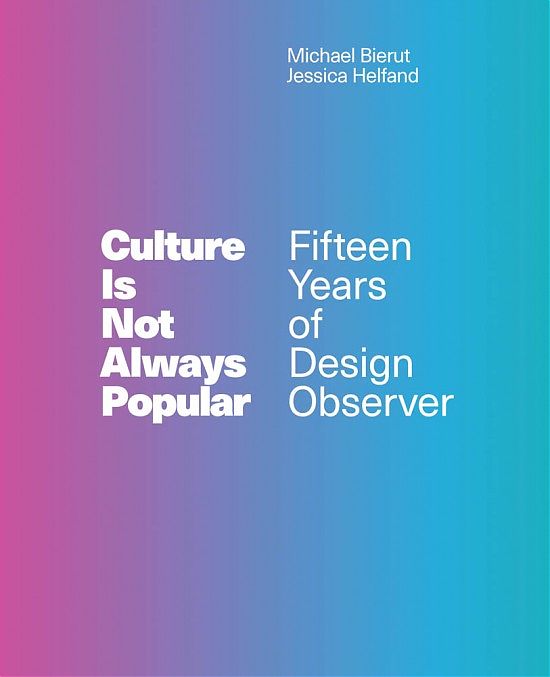
A collection of writing about design from the influential, eclectic, and adventurous Design Observer, edited by Michael Bierut and Jessica Helfand, with Jarrett Fuller.
Founded in 2003, Design Observer inscribes its mission on its homepage: Writings about Design and Culture. Since its inception, the site has consistently embraced a broader, more interdisciplinary, and circumspect view of design’s value in the world—one not limited by materialism, trends, or the slipperiness of style. Dedicated to the pursuit of originality, imagination, and close cultural analysis, Design Observer quickly became a lively forum for readers in the international design community. Fifteen years, 6,700 articles, 900 authors, and nearly 30,000 comments later, this book is a combination primer, celebration, survey, and salute to a certain moment in online culture. This collection includes reassessments that sharpen the lens or dislocate it; investigations into the power of design idioms; off-topic gems; discussions of design ethics; and experimental writing, new voices, hybrid observations, and other idiosyncratic texts.
See more: MIT Press
Serious Play: Design in Midcentury America
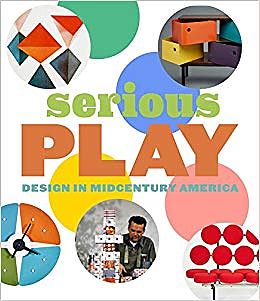
A lively exploration of eclecticism, playfulness, and whimsy in American postwar design, including architecture, graphic design, and product design, edited by Darrin Alfred and Monica Obniski.
This spirited volume shows how postwar designers embraced whimsy and eclecticism in their work, exploring playfulness as an essential construct of modernity. Following World War II, Americans began accumulating more and more goods, spurring a transformation in the field of interior decoration. Storage walls became ubiquitous, often serving as a home’s centerpiece. Designers such as Alexander Girard encouraged homeowners to populate their new shelving units with folk art, as well as unconventional and modern objects, to produce innovative and unexpected juxtapositions within modern architectural settings. Playfulness can be seen in the colorful, child-sized furniture by Charles and Ray Eames, who also produced toys. And in the postwar corporate world, the concept of play is manifested in the influential advertising work of Paul Rand. Set against the backdrop of a society that was experiencing rapid change and high anxiety, Serious Play takes a revelatory look at how many of the country’s leading designers connected with their audience through wit and imagination. Contributors include Amy Auscherman, Dakin Hart, Steven Heller, Pat Kirkham, and Alexandra Lange.
See more: Yale University Press
Identity: Chermayeff + Geismar + Haviv
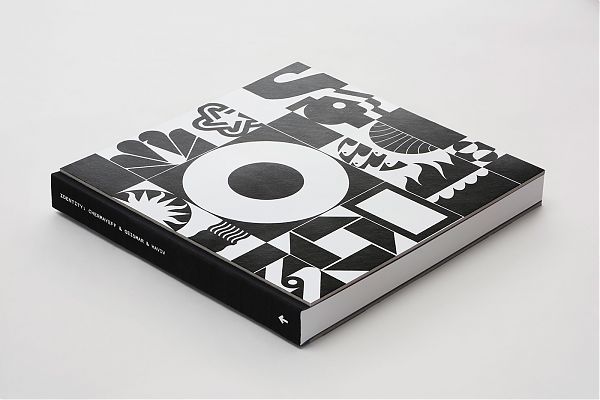
Identity: Chermayeff & Geismar & Haviv showcases a body of work spanning 60 years from the seminal New York design firm founded in 1957 by Ivan Chermayeff and Tom Geismar. The firm’s contribution to design has shaped the way corporate identity programs influence culture.
The book features over 100 case studies from the firm’s previous and current clients, including Chase Bank, NBC, PanAm, PBS, and many more. Also included are interviews with Tom Geismar and Sagi Haviv, plus written contributions from Milton Glaser, John Maeda, and others. The introduction is by Alexandra Lange.
See more: Standards Manual
Alexander Girard: A Designer's Universe
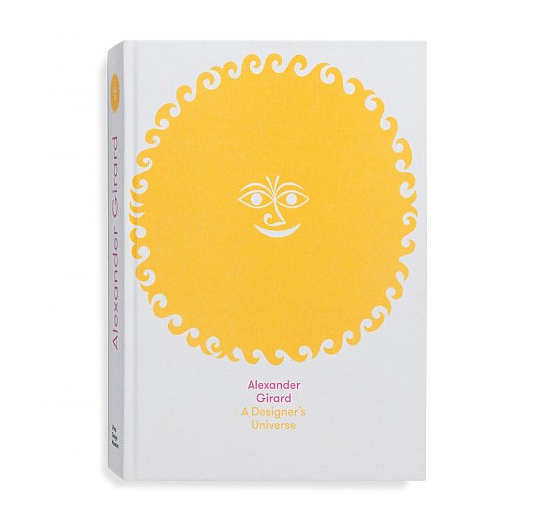
Alexander Girard was one of the most important modern textile artists and interior designers of the 20th century. He combined Pop and Folk art influences to create a colorfully opulent aesthetic language whose impact continues to be felt today. This richly illustrated catalogue draws on the vast holdings in Girard’s private estate, which were exhaustively investigated for the first time at the Vitra Design Museum. The book presents the oeuvre of the multitalented designer in all its facets, while offering the first scholarly, critical examination of his work. Six essays address Girard’s textile and graphic design for the furniture manufacturer Herman Miller, interior design projects such as the Irwin Miller House in Columbus, Indiana (1953), and the restaurant La Fonda del Sol in New York (1960), his activities as a pioneering exhibition organizer and curator, his roots in Italy and his passion for folk art, which resulted in a collection of more than 100,000 objects and served as one of the most important sources of inspiration for his own work. In addition to extensive portfolios with never-before-shown archive materials, the publication also provides a biography and a complete list of works, plus articles by Susan Brown, Jochen Eisenbrand, Barbara Hauss, Alexandra Lange, Monica Obniski and Jonathan Olivares.
Listening: Bohlin, Cywinski, Jackson: Houses 2009-2015

This exquisitely designed monograph showcases the latest residential designs by one of the world’s leading architectural firms. Bohlin Cywinski Jackson is acclaimed for their sensual, humane designs that celebrate the subtleties of place and the rich possibilities of materials. In this new monograph—published to commemorate the fiftieth anniversary of the firm’s founding—twelve of the firm’s virtuoso residential projects from the last six years are showcased in great detail and depth. Known for their exquisitely crafted houses and inventive use of natural materials, the firm excels at architecture that is refined, yet evokes the sensibility of the surrounding landscape. The striking beauty of each house’s natural setting is captured through stunning photography, and detailed renderings offer greater insight into each project. With essays by Peter Bohlin, Michael Cadwell, Rick Joy and Alexandra Lange.
Thirty Years of Emerging Voices: Form, Idea, Resonance
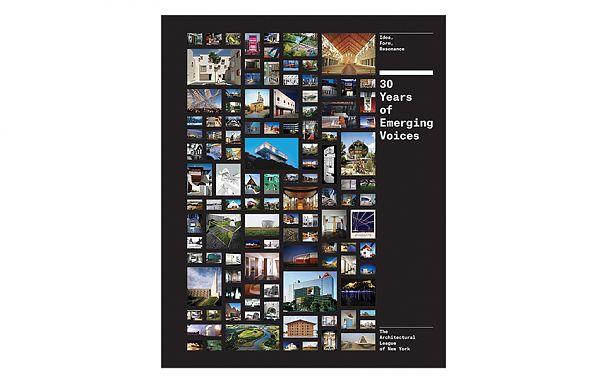
The prestigious Emerging Voices award was created in 1982 by The Architectural League of New York to showcase the work of early- to mid-career North American architects. Each year, through an invited competition, a jury selects practitioners or firms with a significant body of realized work that represents the best of its kind and has the potential to shape the future of architecture and landscape design. Thirty Years of Emerging Voices documents and critically assesses the first three decades of the League’s Emerging Voices program. Essays by Reed Kroloff, Ashley Schafer, and Karen Stein and concise commentaries by Alan G. Brake, Henry N. Cobb, Alexandra Lange, Thomas de Monchaux, Paul Makovsky, and Suzanne Stephens complement the presentation of work from the nearly 250 individuals and firms that have been selected for the program.
SQM: The Quantified Home
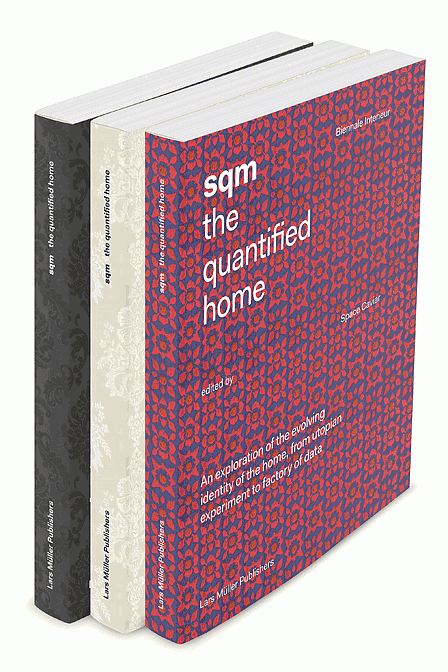
The way we live is rapidly changing under pressure from multiple forces—financial, environmental, technological, geopolitical. What we used to call home may not even exist anymore, having transmuted into a financial commodity of which the square meter is the basic unit. Yet, domesticity and the domestic space ceased long ago to be present in the architectural agenda. SQM, produced for the 2014 Biennale Interieur in Kortrijk, Belgium, charts the scale of this change using data, fiction, and a critical selection of homes and their interiors—from Osama bin Laden’s compound to apartment living in the age of Airbnb.
With original texts by: Rahel Aima, Aristide Antonas, Gabrielle Brainard and Jacob Reidel, Keller Easterling, Ignacio González Galán, Joseph Grima, Hilde Heynen, Dan Hill, Sam Jacob, Alexandra Lange, Justin McGuirk, Joanne McNeil, Alessandro Mendini, Jonathan Olivares, Marina Otero Verzier, Beatriz Preciado, Anna Puigjaner, Catharine Rossi, Andreas Ruby, Malkit Shoshan, Bruce Sterling.
On X
Follow @LangeAlexandraOn Instagram
Featured articles
CityLab
New York Times
New Angle: Voice
Getting Curious with Jonathan Van Ness